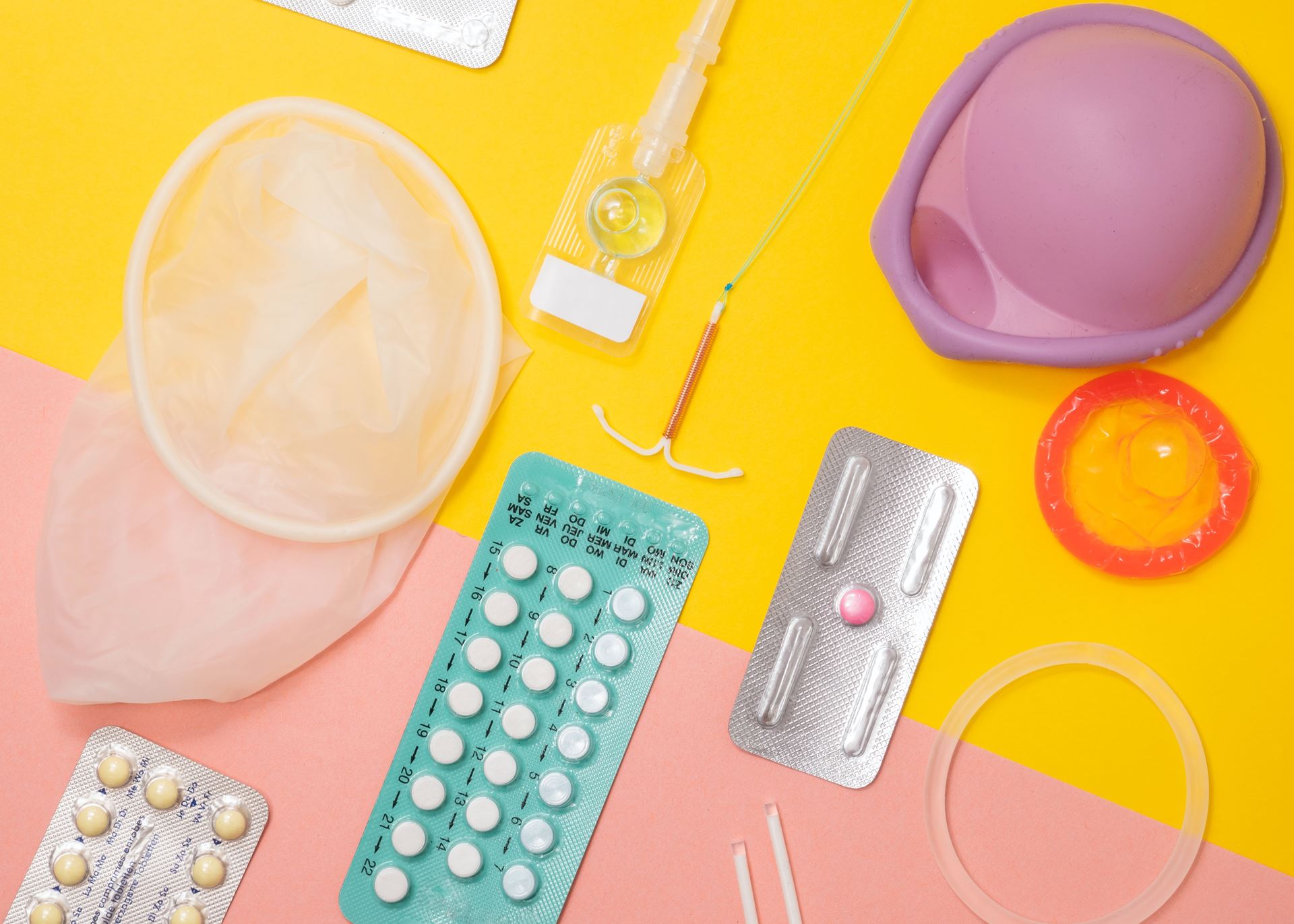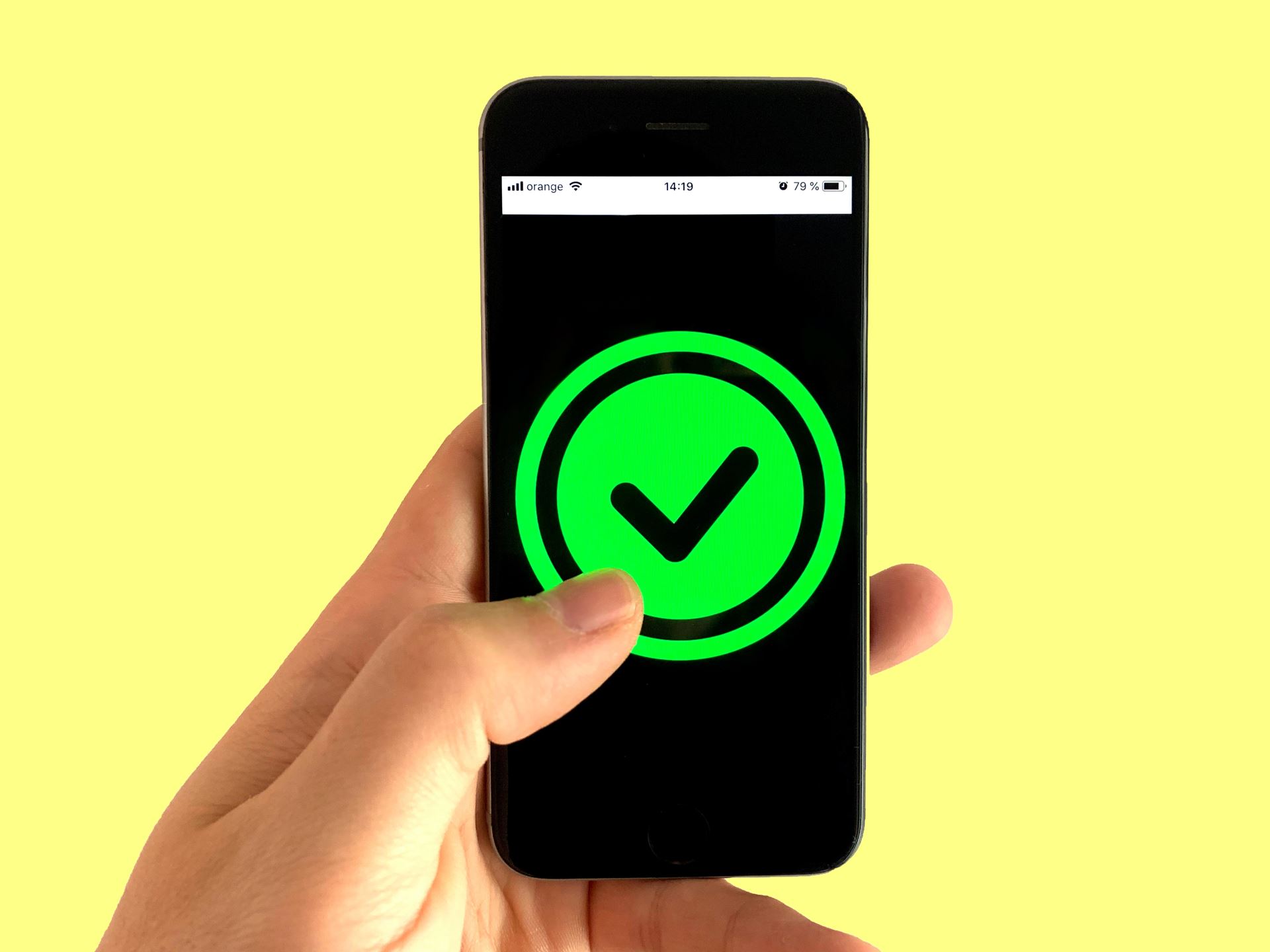Contraceptive Coils
Coil Clinics at Bangholm

Our very own Dr Curtin provides a coil service within the practice, where patients can come along to the surgery and have a contraceptive coil fitted. Dr Curtin also offers the insertion of implants.
Dr MacCallum, another of our GP's offers both contraceptive coil and implant insertion and removals within the practice.

What is a Coil?
A 'coil' is the term used to describe an 'intrauterine device' (IUD) or 'intrauterine system' (IUS).
An IUD is a small T-shaped plastic and copper device that's put into your womb (uterus), whereas an IUS is a small, T-shaped plastic device, also inserted into your uterus.
IUD's release copper to stop you getting pregnant and protects against pregnancy for 5 - 10 years.
IUS's releases the hormone progestogen to stop you getting pregnant and lasts for 3 - 5 years.
How are Coils Inserted/Removed?
How to Book Your Coil @ Bangholm
If you think you would like to have a contraceptive coil fitted, please first of all make an appointment with our Nurse Practitioner, Lyndsay, who will have a chat with you about the coil and other forms of contraception.
If you are suitable for a coil and would like to go ahead you will be added to our coil clinic waiting list, where you will then receive options for an appointment to have your coil fitted, during one of our specialised clinics.
Please have a look and read through our consent form here.

IUD Facts
- When inserted correctly, IUDs are more than 99% effective.
- An IUD works as soon as it's put in and lasts for 5 to 10 years, depending on the type.
- It can be put in at any time during your menstrual cycle, as long as you're not pregnant.
- It can be taken out at any time by a specially trained doctor or nurse. It's then possible to get pregnant straight away.
- Your periods can be heavier, longer or more painful in the first 3 to 6 months after an IUD is put in. You might get spotting or bleeding between periods.
- There's a small risk of getting an infection after it's been fitted.
- There's a small risk that your body may push out the IUD or it may move. Your doctor or nurse will teach you how to check it's in place.
- It can be uncomfortable when the IUD is put in, but you can take painkillers after, if you need to.
- It may not be suitable if you have had previous pelvic infections.
- It does not protect against sexually transmitted infections (STIs), so you may need to use condoms as well.
IUS Facts
- When inserted correctly, it's more than 99% effective.
- It can be taken out at any time by a specially trained doctor or nurse. It's possible to get pregnant straight after it's removed.
- It can make your periods lighter, shorter or stop altogether, so it may help people who have heavy or painful periods.
- It can be used by people who cannot use combined contraception (such as the combined pill) – for example, those who have migraines.
- Once the IUS is in place, you do not have to think about it.
- Some people may experience side effects, such as mood swings, skin problems or breast tenderness.
- There's a small risk of getting an infection after it's been fitted.
- It can be uncomfortable when the IUS is put in, but you can take painkillers after, if you need to.
- The IUS can be fitted at any time during your monthly menstrual cycle, as long as you're not pregnant.
- The IUS does not protect against sexually transmitted infections (STIs), so you may need to use condoms as well.



